You should be able to setup the claims transformation for a SAML app. As you have mentioned that your app is a SAML application and you would like to migrate it from ADFS to Azure AD SSO . I am assuming that you are not modifying the application code to support oAuth/OpenID connect with azure AD but rather want to use SAML with Azure AD . If the application is a custom LOB application you should be able to integrate it using SAML through the portal as below . You can read more about claim customization in the customize app SAML token claims article in the adding application specific claims section .
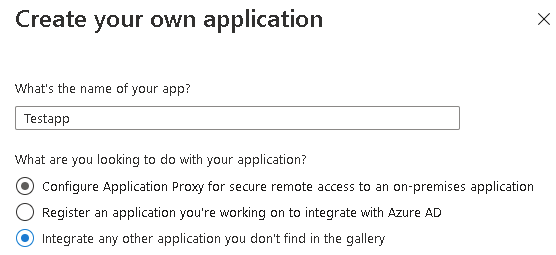
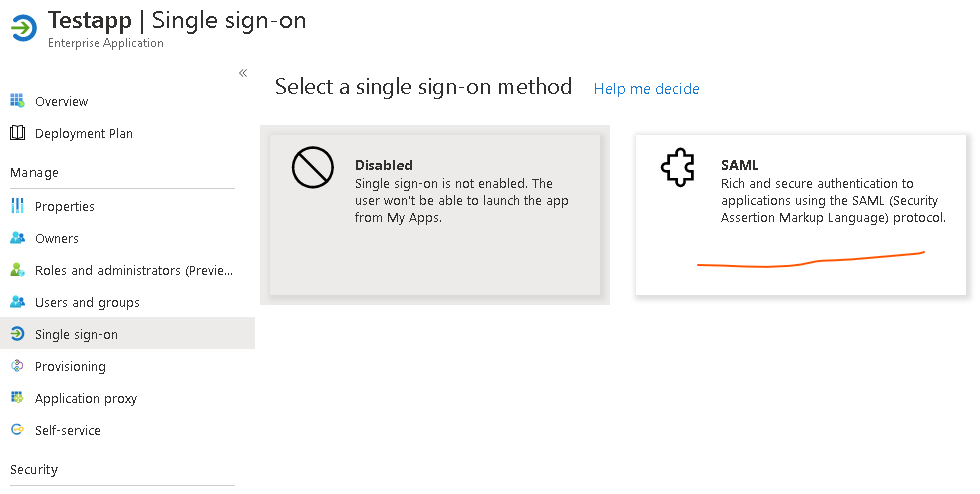
As you have mentioned that you already have tried finding the claim transformation , I am assuming you already have an app registered using the Enterprise application blade in Azure AD through the portal .
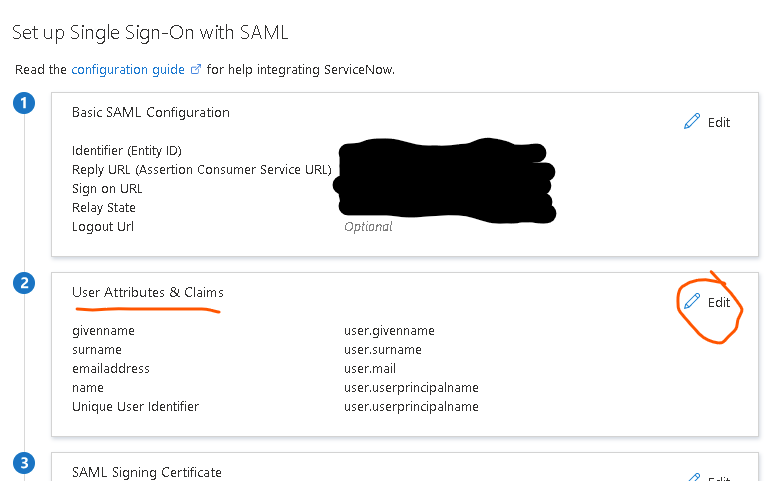
You can add a new claim using the Add new claim option and you will see the transformation option in the source section here . I have used hyphen as a separator with Join options as per your requirement .
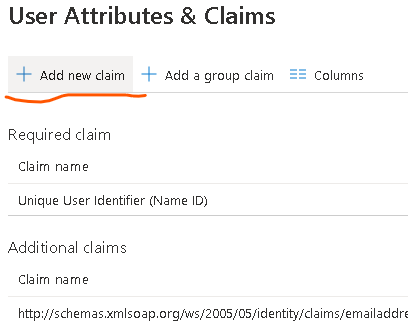
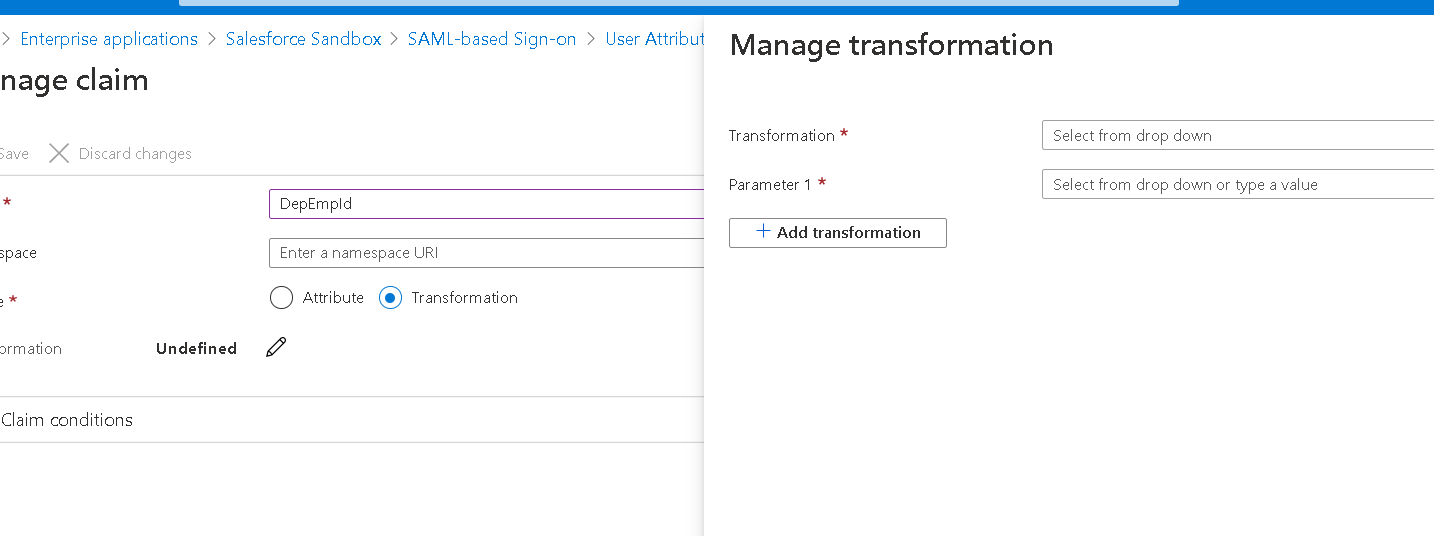
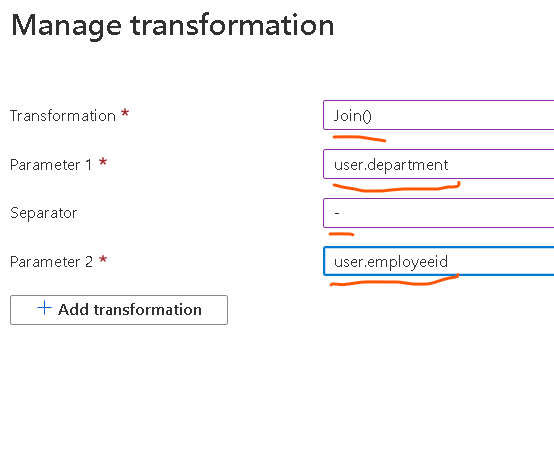
In order for this to work the users employee ID and department fields must be populated . So you would need to check your sync engine (AD connect sync rules) that they allow the syncing of department and EmployeeID attribute to Azure AD from your on-premise environment . Once you have setup the transformation it will be seen as below.

As per the comments in case you would like to provide department name as a constant value like "sales" etc. and without any separator then you can use the option like below. here you can type the department name explicitly as well as shown in parameter 1 for below screenshot and ignore the optional separator field. .
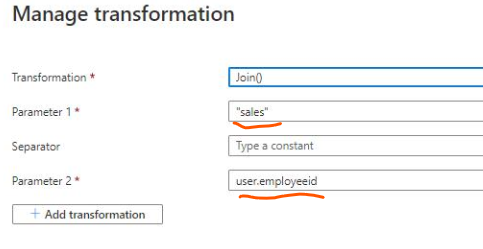

Once the claims are set , they would be returned in the token like below.

Thus the details could be returned. I hope this helps. You can add the users to the application for it to function for the users. Hope the information provided was helpful. Should this answer be helpful , please do accept this as answer so that the relevancy of the answer improves and it helps other members of the community with similar questions. In case you still have any further queries or if you feel we may have misunderstood your scenario , please provide more details about the application and the error details screenshot and we will surely help you further. I would strongly recommend you to go through the linked articles and they should also provide you more clarity on this matter.
Thank you .